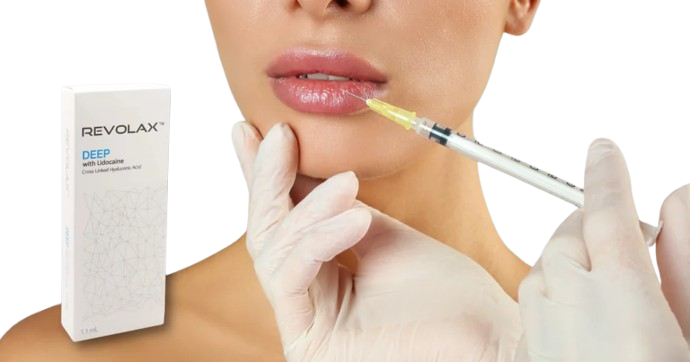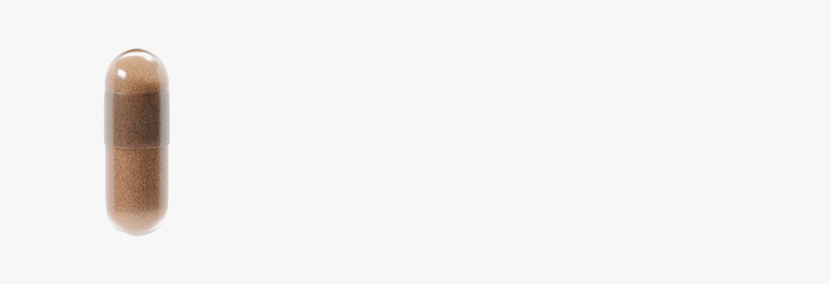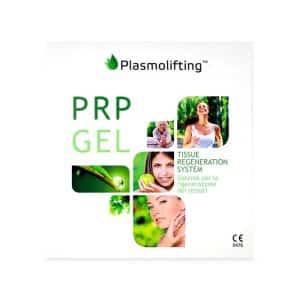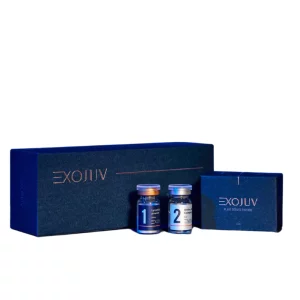PRP
PRP At Home – Should You Do It?
Jul 10, 2025
A recent clinical study demonstrated that platelet-rich plasma (PRP) significantly enhanced the proliferation of human tendon cells and increased the activity of genes vital for healing and regeneration. These findings underscore PRP’s potential to accelerate tissue repair, securing its reputation as a valuable treatment in sports medicine and various cosmetic procedures.
Given such promising results, it’s no surprise that PRP has sparked curiosity far beyond clinical environments. As wellness trends evolve and consumer-driven health approaches gain momentum, treatments previously limited to specialized medical practices have begun crossing into personal spaces. The once-clear distinction between professional-grade therapies and DIY self-care is rapidly blurring.
This article dives into the clinical foundation of PRP treatments, explores the rising interest in performing PRP at home, and provides essential information to consider before deciding to attempt it yourself.
Key Takeaways
- At-home PRP kits offer convenience but often fall short in terms of precision, safety, and effectiveness compared to clinical PRP systems.
- Home kits lack the necessary control over the centrifugation process, which results in lower-quality PRP and inconsistent outcomes.
- Without proper sterile environments and clinical supervision, DIY PRP increases the risk of infection, skin damage, and poor application.
- In-clinic PRP systems provide FDA-cleared, high-precision centrifuges that ensure accurate platelet separation, optimal results, and safe application under the guidance of trained professionals.
- The risks of using unregulated, at-home PRP treatments include complications such as contamination, swelling, irritation, and misuse, which can render the treatment ineffective or harmful.
- For safe and effective PRP treatments, consult with a licensed medical professional who can provide controlled, clinical-grade care for skin rejuvenation, hair loss, or sports injury recovery.
- Professional PRP treatments provide the precision, expertise, and sterility necessary for consistently positive outcomes, making them a safer option than attempting PRP at home.
About: Trusted by over 2,000+ global clients since 2014, Maylips has become a leading supplier of cosmetic, skincare, and orthopedic products for medical and aesthetic professionals. Maylips offers a wide range of authentic brand-name products at competitive wholesale prices, sourced from around the world. If you’re looking to buy Plasmolifting PRP Kits online, contact our sales team for guidance.
Why At-Home PRP Kits Fall Short of Clinical-Grade Results
At-home PRP kits have gained popularity as a more convenient alternative to clinical treatments, offering the promise of platelet-rich plasma therapy in the comfort of your own home. However, these kits often fall short in both performance and safety. One of the most significant limitations is the inability to properly isolate high-quality PRP.


In a clinical setting, centrifugation is a precise process in which blood is spun at highly controlled speeds to achieve the desired platelet concentration. Clinical PRP machines can calibrate this process with the necessary precision, ensuring optimal platelet separation and concentration.
Most home kits, however, use basic centrifuges that lack the ability to control essential parameters such as speed (RPM), force (RCF), and timing. This lack of precision can lead to improper platelet separation and suboptimal quality of PRP.
Moreover, while trained speciailists operate professional PRP systems, home kits leave much of the process to the user, offering little to no guidance or support. Without clinical knowledge and sterile conditions, the likelihood of poor results or complications increases significantly.
Risks of DIY PRP: Infection, Poor Sterility, and Misuse
DIY PRP treatments may seem harmless at first glance, but they carry real health risks. One of the biggest concerns is infection. Drawing blood and reinjecting or applying PRP to the skin requires strict sterile techniques. Without proper disinfectants, gloves, and a controlled environment, contamination becomes a major issue.


Here are the most common risks that can come from at-home PRP use:
- Infection from non-sterile equipment or environments, which can lead to serious complications.
- Skin damage resulting from improper application or use of microneedling tools.
- Incorrect blood handling, which can result in the PRP being ineffective or dangerous.
- Overuse or misuse, which can cause swelling, irritation, or a complete lack of results.
- No safety oversight, increasing the chances of user error, complications, or unintended outcomes.
While PRP comes from a person’s own body and is a natural product, its preparation and application is crucial. Home use increases the risk of getting it wrong, and without professional guidance, the results can be disappointing or even harmful.
How PRP Centrifugation and Handling Require Clinical Precision
Centrifugation is a critical process in PRP preparation, where blood is spun to separate its components, specifically the platelet-rich plasma. In clinical settings, this process is handled by high-precision machines that are calibrated to control the speed, force, and timing of the centrifuge. These parameters are crucial for ensuring the proper separation of platelets from the other components of blood.
If the centrifuge speed or force is too high or too low, the platelets may become damaged or fail to separate effectively. Clinical PRP machines are designed to adjust these settings precisely, ensuring that the PRP you receive is both effective and safe.
On the other hand, home kits typically use basic centrifuges that lack this ability, often offering fixed speeds with little control. This lack of precision can result in lower-quality PRP, which may not provide the therapeutic benefits you’re seeking.
Furthermore, the timing of the process is critical. From the moment the blood is drawn to the application of the PRP, the entire procedure must be conducted within a specific timeframe to maintain the viability of the PRP.
If mishandled or rushed, the PRP may lose its effectiveness, rendering the treatment ineffective. Clinical systems ensure that this entire process is carefully managed, resulting in improved safety and outcomes.
Comparing Home PRP Kits vs In-Clinic PRP Systems
While home PRP kits offer convenience, in-clinic PRP systems ensure precision and safety. A closer look at the results of plasmolifting before and after treatments reveals the stark difference in effectiveness between at-home solutions and professional systems. Here’s a comparison of the two:
Home PRP Kits
- Basic centrifuge with limited RPM control
- No clinical supervision or sterile environment
- Lower platelet concentration, affecting results
- High risk of contamination and poor application
- May not meet regulatory or safety standards
In-Clinic PRP Systems
- FDA-cleared, high-precision centrifuges
- Sterile environment with trained professionals
- Accurate platelet separation for optimal results
- Safe injection techniques or application methods
- Monitoring and adjustments based on patient needs
While home kits may seem appealing due to cost and convenience, they consistently fall short in terms of safety, effectiveness, and precision.
Conclusion
While using PRP at home might seem like an easy and cost-effective solution, the risks far outweigh the benefits. Poor platelet concentration, the high likelihood of infection, and the absence of clinical supervision significantly increase the chances of negative outcomes. At-home treatments are often poorly executed and lack the necessary equipment and expertise to deliver the desired results.
Professional PRP treatments, conducted in sterile environments by trained providers, offer the precision, safety, and expertise required for effective tissue regeneration and healing. Whether you’re considering PRP for skin rejuvenation, hair loss, or sports injury recovery, consulting a licensed medical professional ensures the best results and minimizes the risk of complications.
If you’re tempted to try PRP at home, remember: the benefits of clinical PRP treatments—carefully controlled, precisely applied—far outweigh the risks of DIY alternatives. Always opt for professional care to ensure safe, effective, and consistent results.
FAQs
1. What is PRP used for?
PRP is a treatment for hair restoration, skin rejuvenation, joint healing, and post-surgical tissue repair.
2. Is PRP treatment safe?
Yes, when done by a trained provider in a sterile environment. DIY PRP carries a higher risk due to improper handling.
3. How long do PRP results last?
Results vary but often last several months. Clinicians may recommend maintenance sessions for long-term benefits.
4. Does PRP hurt?
Some mild discomfort is normal during blood draw or injection, but numbing cream is often used to reduce pain.
5. How soon can I see results?
It can take several weeks to notice visible results, depending on the area treated and your body’s response.
6. How much does professional PRP cost?
Prices vary depending on the clinic and treatment area, but expect to pay more than at-home kits.
7. Can anyone do PRP at home safely?
PRP should only be done under professional guidance. DIY versions lack oversight and carry safety risks.
Talk with our sales representative.
Book a Meeting
References
Yu D, Zhao J, Zhao K. The efficacy of platelet-rich plasma preparation protocols in the treatment of osteoarthritis: a network meta-analysis of randomized controlled trials. Journal of Orthopaedic Surgery and Research. 2025;20(1). doi:10.1186/s13018-025-06026-1
Chalidis B, Givissis P, Papadopoulos P, Pitsilos C. Molecular and Biologic Effects of Platelet-Rich Plasma (PRP) in Ligament and Tendon Healing and Regeneration: A Systematic Review. Int J Mol Sci. 2023;24(3):2744. Published 2023 Feb 1. doi:10.3390/ijms24032744
Platelet-Rich plasma (PRP injection). Cleveland Clinic. Published June 30, 2025. https://my.clevelandclinic.org/health/treatments/platelet-rich-plasma-prp-injection






